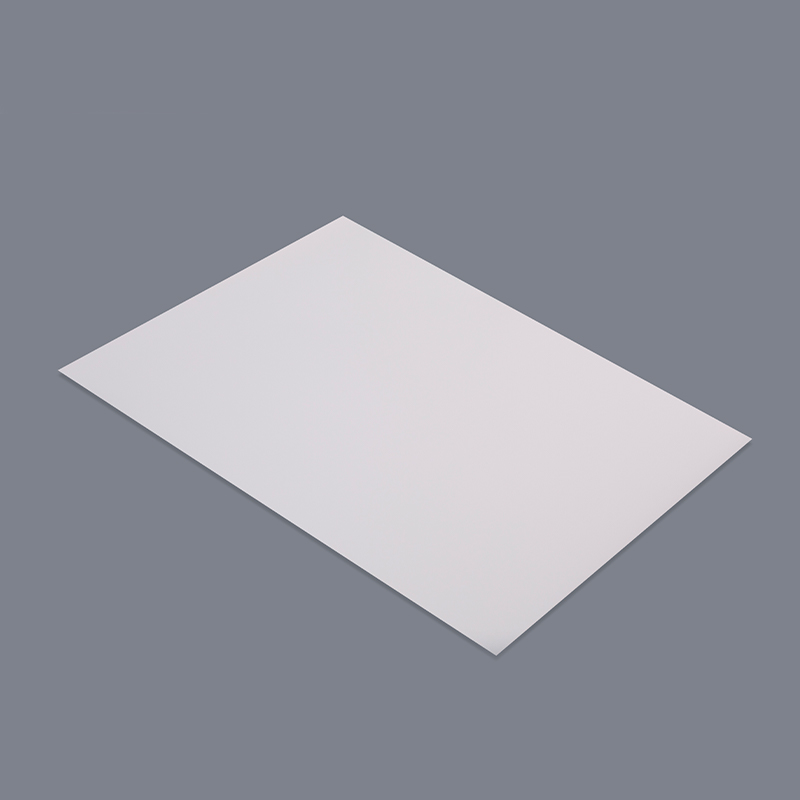The ability of self-adhesive film to adhere to different types of surfaces depends on several factors, including the composition of the adhesive, the surface material, and the condition of the surface. Below is a detailed explanation of how self-adhesive films adhere to various surfaces:
1. Smooth, Non-Porous Surfaces (e.g., Glass, Metal, Plastic)
Adhesion Mechanism: Self-adhesive films typically bond well to smooth, non-porous surfaces because there are no gaps or pores for the adhesive to penetrate. The adhesive forms a strong molecular bond with the surface through van der Waals forces.
Preparation: For optimal adhesion, these surfaces should be clean, dry, and free of oils, dust, or contaminants. Wiping with alcohol or a mild cleaner can improve bonding.
Performance: Films adhere strongly to glass, polished metals, and smooth plastics like acrylic or polycarbonate. However, some low-energy plastics (e.g., polyethylene, polypropylene) may require surface treatment (e.g., corona treatment) to enhance adhesion.
2. Rough or Textured Surfaces (e.g., Brick, Concrete, Textured Walls)
Adhesion Mechanism: Adhesion to rough or textured surfaces is more challenging because the adhesive must fill in the gaps and irregularities. Thicker films with softer, more flexible adhesives perform better on these surfaces.
Preparation: Sanding or smoothing the surface can improve adhesion. In some cases, a primer or undercoat may be necessary to create a smoother bonding surface.
Performance: Self-adhesive films may not fully conform to deeply textured surfaces, leading to reduced bonding strength and potential lifting at edges.
3. Porous Surfaces (e.g., Wood, Paper, Fabric)
Adhesion Mechanism: On porous surfaces, the adhesive penetrates into the material's pores, creating a mechanical bond rather than a purely molecular one. This can result in strong adhesion but may also make removal more difficult.
Preparation: Sealing the surface with a primer or varnish can help prevent the adhesive from soaking into the material and ensure a cleaner removal process.
Performance: Films work well on sealed wood or painted surfaces but may not adhere as effectively to raw, unsealed wood or highly absorbent materials like untreated paper.

4. Flexible or Curved Surfaces (e.g., Car Wraps, Furniture)
Adhesion Mechanism: Films designed for flexible or curved surfaces often use pressure-sensitive adhesives that allow them to stretch and conform without losing their grip.
Preparation: The surface should be cleaned thoroughly and dried before application. For car wraps or similar applications, heat guns or squeegees may be used to ensure proper adhesion and eliminate bubbles.
Performance: Specialized films with high flexibility and conformability are ideal for wrapping complex shapes, such as automotive panels or furniture with curves.
5. High-Temperature or Heat-Resistant Surfaces (e.g., Ovens, Appliances)
Adhesion Mechanism: Adhesives used for high-temperature surfaces are formulated to withstand heat without melting, degrading, or losing tackiness.
Preparation: Ensure the surface is cool before applying the film, as applying it directly to a hot surface could compromise adhesion.
Performance: These films are designed for environments where temperatures exceed standard operating conditions, such as ovens or industrial equipment.
6. Low-Temperature or Cold Surfaces (e.g., Refrigerators, Freezers)
Adhesion Mechanism: Some adhesives become brittle or lose tackiness at low temperatures, so specialized cold-resistant adhesives are required for these applications.
Preparation: Allow the film to acclimate to the cold environment before application to ensure proper bonding.
Performance: Films with cold-resistant adhesives maintain their flexibility and adhesion even in freezing conditions.
7. Moist or Wet Surfaces (e.g., Bathrooms, Outdoor Use)
Adhesion Mechanism: Water-resistant or waterproof adhesives are necessary for surfaces exposed to moisture or water. These adhesives form a strong bond despite wet conditions.
Preparation: Ensure the surface is dry before application, as moisture can interfere with initial bonding. Some films may require additional sealing for prolonged underwater exposure.
Performance: These films are ideal for bathroom tiles, shower surrounds, or outdoor signage but may require periodic inspection for signs of delamination.
8. Painted or Coated Surfaces
Adhesion Mechanism: The quality of the paint or coating affects adhesion. New or poorly cured paints may not provide a stable bonding surface, while older, well-cured paints typically work well.
Preparation: Test a small area first to ensure the film doesn't lift or damage the paint. If necessary, lightly sand the surface to promote better adhesion.
Performance: Films generally adhere well to painted surfaces but may leave residue or damage the paint upon removal if the paint is not durable.
Factors Affecting Adhesion:
Surface Cleanliness: Dirt, grease, or oils can prevent the adhesive from forming a strong bond.
Surface Texture: Rough or uneven surfaces reduce contact area, weakening adhesion.
Temperature: Extreme temperatures can affect the adhesive's performance, either by softening it (heat) or making it brittle (cold).
Pressure Application: Proper pressure during installation ensures maximum contact between the adhesive and the surface.
Adhesive Type: Different adhesives (e.g., rubber-based, acrylic, silicone) are formulated for specific surface types and environmental conditions.

 English
English Español
Español русский
русский











